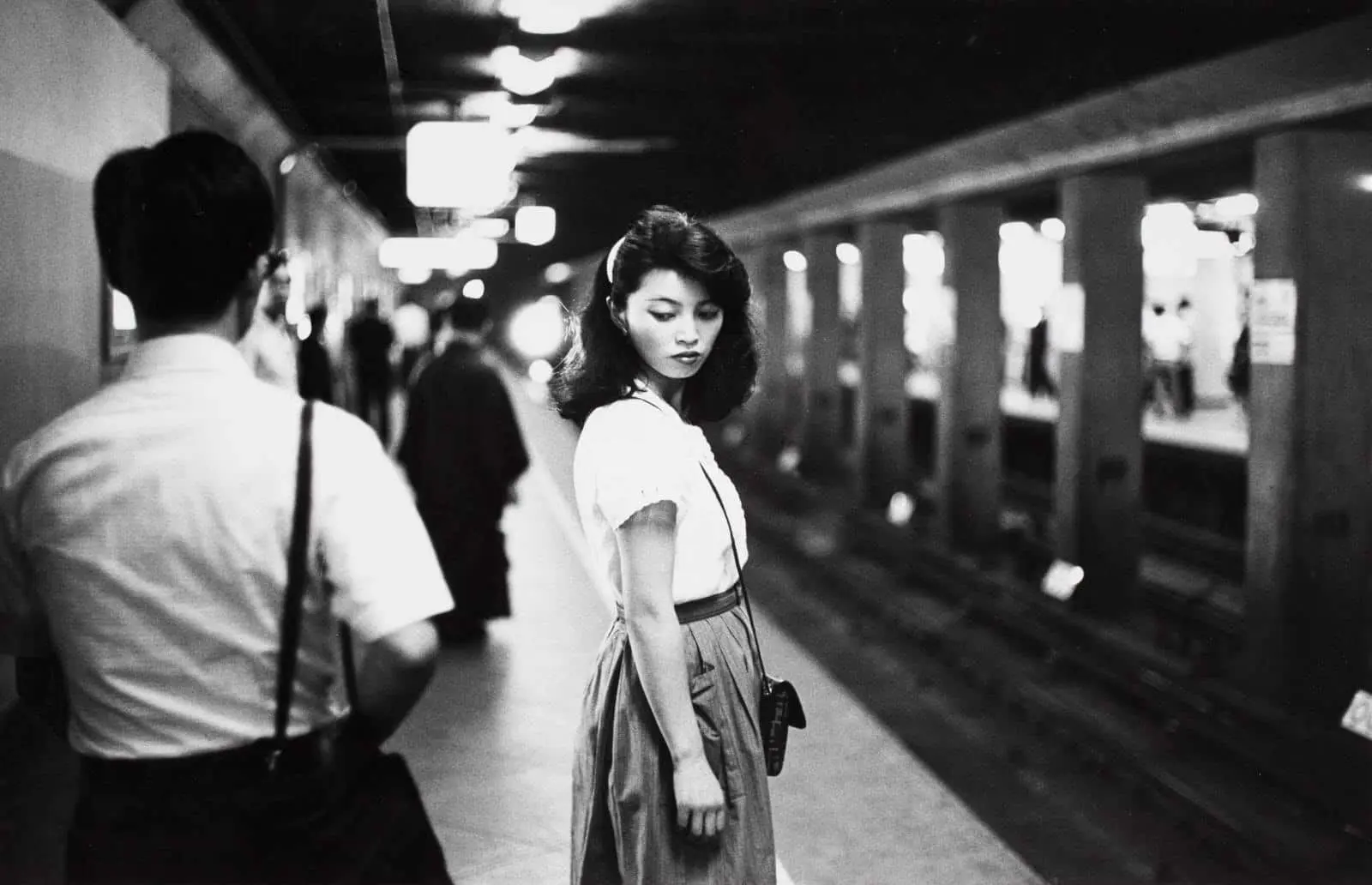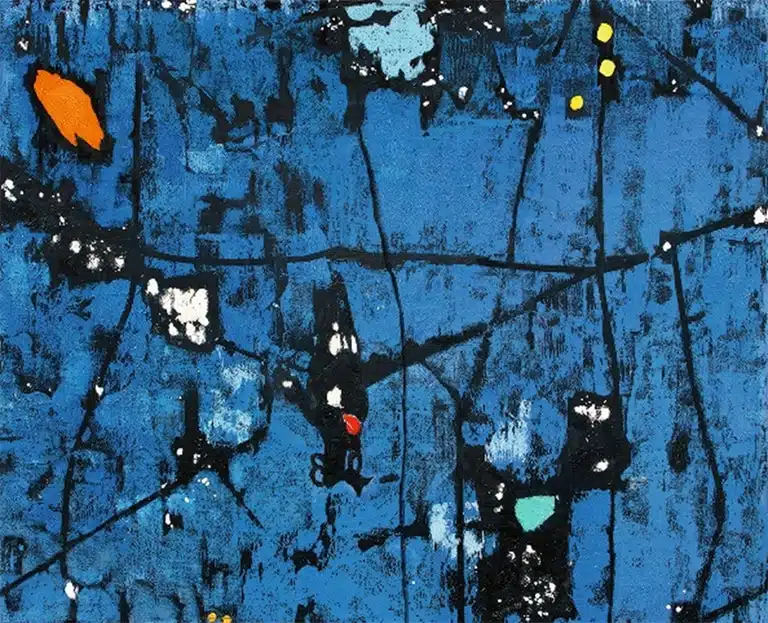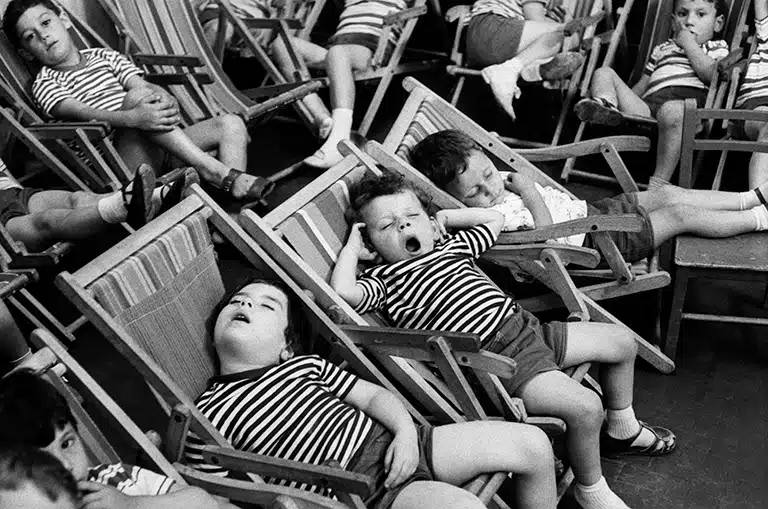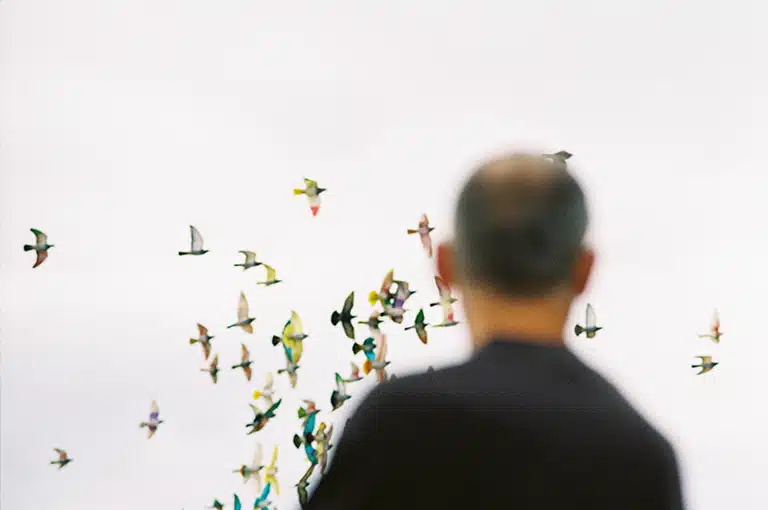Ed van der Elsken
JAN.25.2018 ──────── MAY.20.2018

Ed van der Elsken
Girl in the subway, Tokyo [Chica en el metro, Tokio], 1981.
Copy on silver gel, 23,7 x 30,9 cm. Nederlands Fotomuseum
Photo: © Ed van der Elsken / Collection Stedelijk Museum Amsterdam.
Exhibition
JAN.25.2018 ── MAY.20.2018
Location
Bárbara de Braganza Exhibition Hall
Bárbara de Braganza, 13. 28004 Madrid
Exhibition organised by the Stedelijk Museum of Amsterdam in conjunction with “Jeu de Paume” and “Fundación MAPFRE”. Curated by Hripsimé Visser, photography conservator at Stedelijk Museum in Amsterdam.
We are especially grateful to Hilhorst and Han Hogeland, Nederlands Fotomuseum Rotterdam, Leiden University Library. Special Collections, Eye Film Museum Amsterdam, Netherlands Instituut voor Beeld en Geluid Hilversum, Annet Gelink Gallery Amsterdam and Paradox Edam.
This exhibition shows a new outlook on his work and the different sides of him as a photographer, film-maker and writer. In addition to a large number of photographs, the exhibits also include models of his publications, contact sheets and sketches that enable us to better understand his working methods. Likewise, the fragments taken from his films, in black and white and in colour, highlight his work as a film-maker and help us understand the close relationship between film-making and photography by Van der Elsken.
Staged scenes: preparing scenes was a constant throughout his career; he hardly ever waited patiently for a “decisive” moment but preferred to stage it, which at first was all too obvious, but gradually became the style of a dynamic, fun-loving artistic director. Occasionally we wrote things down that caught his attention in a notebook full of lists of subjects and even sketches, like storyboards with the typical square format of his camera. He even wanted to write a book about his everyday life, including what he would describe “idealised fictional elements”, but he never finished it.
Photo-books: van der Elsken experimented with numerous techniques to publish and lay out his photographs. The dynamic, animated design of his photo-books became one of his hallmarks. Many of them alternate printed images (without margins) with photographs covering two pages, or smaller images printed on one page or comprising a series, arranged on facing pages. He was particularly interested in finding the right combination of pictures, both in terms of shape and content, so that when turning the pages a different work of art would be revealed, with its own spatial composition.
Films: from 1959 onwards film-making took on an increasingly more important role in his work. Always accompanied by light-hearted comments, the productions by van der Elsken are characterised by his fascination for everyday life and his own life in particular, and they reflect the subjects he was interested in: sex, childhood, love, nature, social injustice, travel, life in the street, disease and the life cycle. His approach was generally autobiographic, his methods not very conventional, and he often included himself in the scenes.
Download press conference:
If you would like high resolution images, please let us know for which publication or media is your request: Click here.
![Henry Moret L’Attente du retour des pêcheurs [Esperando el regreso de los pescadores], 1894](/media/arte-cultura/exposiciones/paul-durand-ruel-moret-1194x.jpg)



